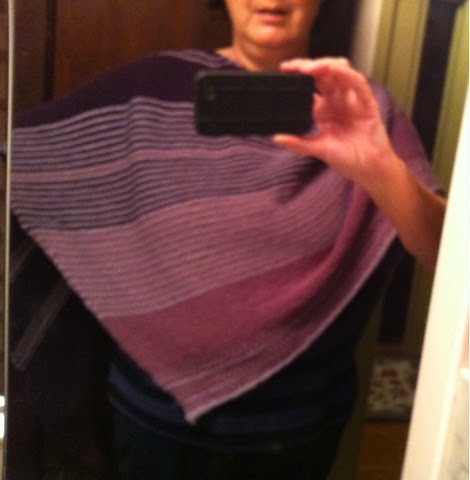What went on in the Fitch Building anyway?

According to an article in the Democrat and Chronicle from New Year's Day, 1933 (Women Knit to Save Needy Tots from Cold),
"The Needlework Guild Plans to recruit three groups of skilled knitters: one to make articles such as mittens and infants garments from small lots of salvaged yarn, another to use wool supplied by the Guild and made into garments in accordance with designs and specifications of the Guild, and the third group, made up of knitters who can afford to purchase their own wool at wholesale prices from the Needlework Section...Mrs. Spencer stated that all garments made from the wool supplied by the Guild are to be returned for distribution through the Emergency Clothing Bureau to those who need such articles. Mimeographed directions for the making of sweaters, caps and mittens for boys and girls have been prepared and will be distributed to those applying for yarn... Volunteer committees will be set up at the Section Headquarters at 362 East Avenue, on the second floor of the Fitch Building..."
I just love this stuff. I feel more connected to the city knowing some of its history. So. Next I went to the web site of the Department of Rare Books and Special Collections at Rush Rhees Library at the University of Rochester. A quick search told me that there was one collection there that contained some relevant information.
Lo and behold in the Hollister Spencer Family Papers (yes we collect such things!) Box 1 folder 7 is devoted to "Volunteer Knitting Section of the Needlework Guild of America, Rochester Branch, 1933." Here are some scribbled notes by one of the family members who had been involved in some way with the Needlework Guild and took a few notes and preserved some of the "mimeographed sheets" referred to in the D&C article.
What is very clear is that they were extremely organized and thrifty. There are detailed instructions for knitters and for those working in the Knitting Bureau. They were very concerned about making sure that no yarn was wasted and any that could be salvaged was re-used. "Even the smallest leftover can be used for trimming baby garments of making quick Knit mittens." "... even the smallest amount will make stripes in mittens." The sheet "Suggestions to Knitters..." ends with this, "All knitters are asked to assist in a City-wide program for salvaging odd lots of leftover yarn. You can greatly assist this program bu bringing in all such wool you can collect." Wouldn't they be horrified by our huge stashes!
Another sheet is labelled "Notice - Daily Supervisors - Wholesale price list on Wool sold at Knitting Section"
"Baby Shetland pink blue and white 1 oz skein 10 cents each. etc. Knitting Worsted 3 and 3 quarters oz hank 30 cents each. Small size sweaters took 2 hanks and large ones 3 hanks. There were prescribed colours for boys and girls. Boys got solid coloured garments in navy, brown gray, or dark or bright red. Girls garments could be two- toned: Rose with lighter rose trim, blue with lighter blue trim medium brown with tan, navy with bright blue trim, navy with red trim. Dark brown and shaded brown....etc. etc. Really they seem quite fussy to me now and I quote "Do not use light colors or shaded yarns for whole garments. These are provide for trim only."
Unfortunately, there weren't any patterns included in the file. The other thing there was a letter from the Chairman of the Volunteer Knitting Session to the Chairman of the Rochester Clothing Committee which contains detailed instructions on who should receive the pure wool garments knitted by the people of Rochester, namely children who had a "tendency to tuberculosis, to be underweight or otherwise physically unfit...We feel that the knitting public would be especially interested in working fo rthe program above outlined and such interest would soon be translated into a greater number of sweaters."
Is that wonderful - the knitting public! If you are wondering how much they managed to produce, the D&C reported on November 16th, 1933 that "Volunteer knitters have made it possible to fit an average of 50 children with sweaters caps and mittens each Saturday morning at the Red Cross Headquarters."
Now that puts things in perspective.
Photocredit: Samantha Stanton Nellis poses for a photograph with her knitting. 1919.
Albert R. Stone Negative Collection, Rochester Museum & Science Center
Photocredit: Samantha Stanton Nellis poses for a photograph with her knitting. 1919.
Albert R. Stone Negative Collection, Rochester Museum & Science Center



Comments